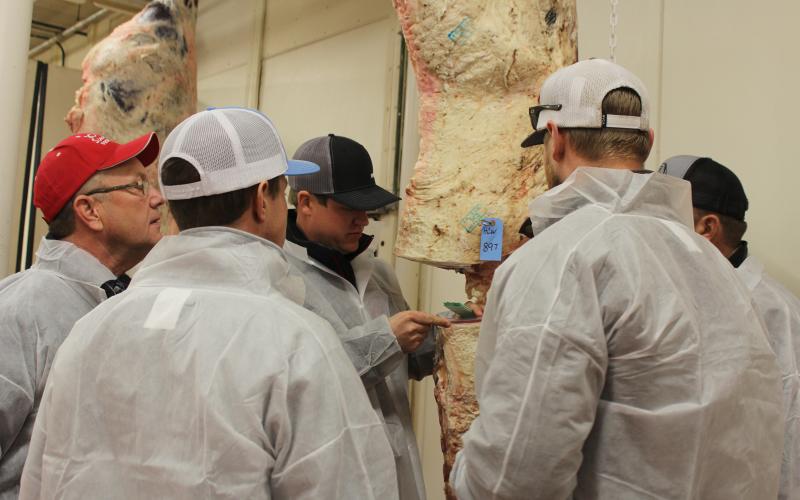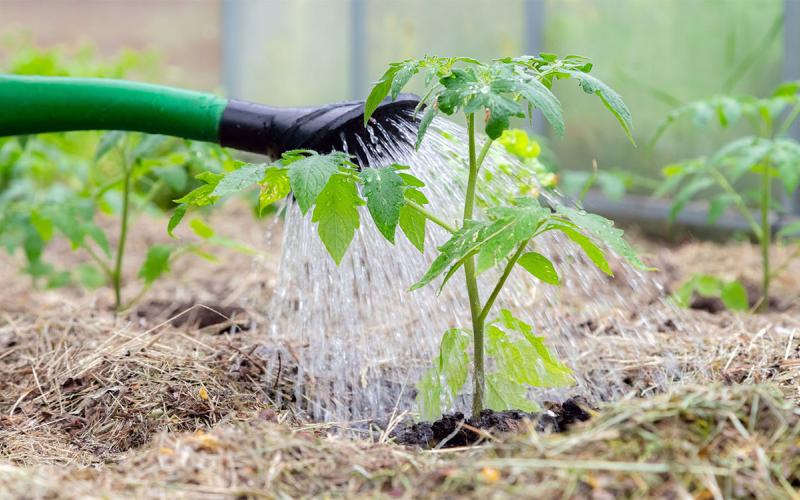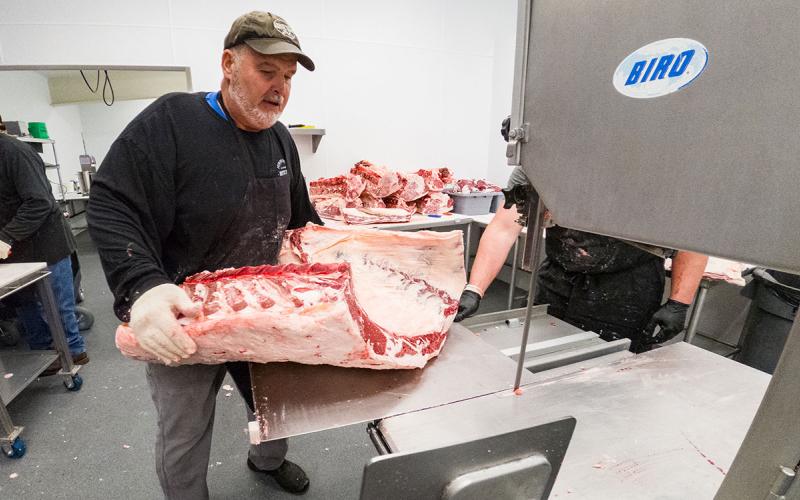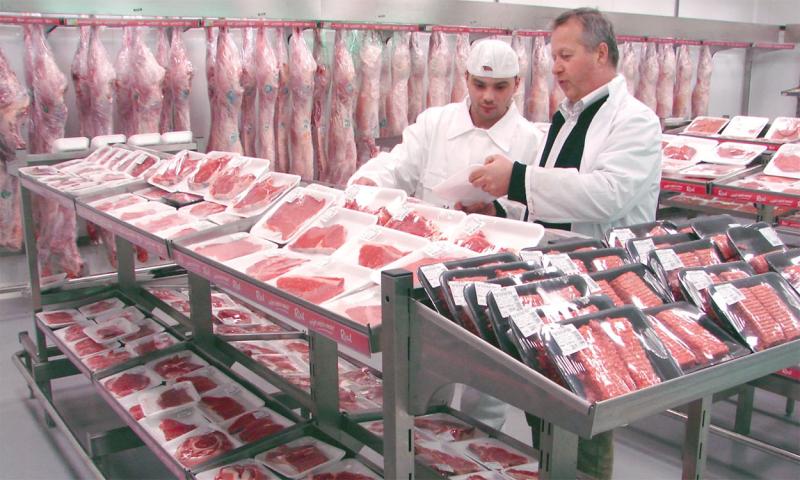
The conversation about food has changed dramatically in the past decade. The average consumer today is more curious about their food than ever before. Some of the main questions surrounding food safety today are: Who is responsible for the safety of the food system? What steps can consumers take to ensure safe food handling? And how do you safely cook meat products? This article is intended to answer those questions.
Who is Responsible for Safety?
When somebody gets a food-borne illness, people are usually quick to blame the industry. However, that is not always a fair assumption. The meat industry has an extensive system in place with many check points to ensure the safety of their products. Additionally, all meat that is commercially available must be inspected for safety by state or federal inspectors. When consumers purchase a meat product, it leaves the umbrella of inspection, and the responsibility for safe and proper handling rests with the consumer. So, the answer to the question of who is responsible for food safety, is that everyone is responsible.
Temperature Danger Zone
Like many living organisms, bacteria have a temperature range that they thrive in. This range is known as the temperature danger zone, and it is between 40 degrees Fahrenheit and 140 degrees Fahrenheit. It is important to keep food out of this temperature zone as much as possible. This means it is important to keep hot foods hot, above 140 degrees Fahrenheit, and keep cold foods cold, below 40 degrees Fahrenheit. You will notice that the handling guidelines in this article emphasize keeping meat in refrigerated conditions for as long as possible.
Handling at the Grocery Store

Food safety from the consumer’s perspective starts at the grocery store. When shopping, go to the refrigerated section last; this ensures that meat products will not get warm while you do your other shopping. Keep raw meat separate from other food in the grocery cart and when bagging the groceries. It is especially important to keep raw meat away from food that will not be cooked before being eaten, such as fresh fruits and vegetables.
Proper Handling at Home
When returning home from the grocery store, put meat away first. If you don’t plan on using the meat within a day or two, put it in the freezer. If you put it in the refrigerator, place it on a plate or tray that will catch any juices that may drip from the package, and place it as low in the refrigerator as possible, especially below ready-to-eat foods. When you are ready to use meat that has been stored in the freezer, it is important to thaw it properly. There are three accepted methods of thawing meat. First, you can place it in the fridge using the same steps outlined earlier. This method can take a day or two to thaw meat out, so it is not ideal for a rush situation. The second method is by thawing in cold water. Place the meat into a sealable plastic bag and put the bag into a bowl in the sink, then turn on a light cold-water stream directly into the bowl. While it may be tempting to use hot water to thaw it faster, this is not recommended because you will be subjecting the meat to a temperature within the temperature danger zone. The third method is to defrost meat in the microwave. This is easily the fastest method, but you may start to cook the outside of the meat, which can result in a lower-quality eating experience. This method is also only recommended if you are going to cook the meat immediately. It is never recommended to thaw meat on the counter top or in the sink at room temperature, because, thinking about the temperature danger zone, your kitchen is right in the middle of that temperature range, allowing bacteria the opportunity to grow and multiply.
Proper Cooking Temperatures
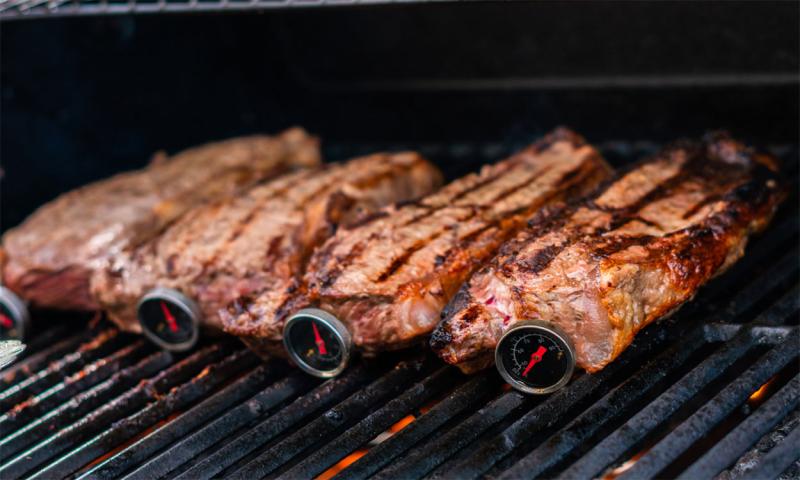
Depending on the type of meat you are cooking, the internal temperature the meat needs to reach varies. If you are making a whole-muscle product, such as a steak or roast, you can cook to your desired degree of doneness: 145 degrees Fahrenheit for medium rare, 160 degrees Fahrenheit for medium, and 170 degrees Fahrenheit for well done. Ground beef products, such as hamburgers, need to reach an internal temperature of 160 degrees Fahrenheit to ensure safety. In addition to being a critical tool to ensuring food safety, a meat thermometer will also help improve the quality of your eating experiences by helping you to not overcook or undercook your meat. There are many ways that some people claim they can tell that their meat is cooked, from pressing on hamburger patties to see when the juices run clear, to pushing on a steak and telling its degree of doneness by the texture. None of these methods have any scientific backing, and the only way to know for sure if meat is cooked properly to a safe temperature is to use a meat thermometer. There are many types of meat thermometers, from cheap, dial types to expensive Bluetooth enabled. There is no “right” thermometer to choose, it is just important to use one.
For more information about this topic check out our BBQ Bootcamp playlist on YouTube.
